Many opportunities for logistics from new generation FTAs
| MoF actively reforms procedures and reduces logistics costs for businesses | |
| ASEAN Smart Logistics Network launched | |
| Southern logistics projects catch eye of investors |
 |
| Minister of Industry and Trade Tran Tuan Anh |
How do you rate the development of Vietnam's logistics industry in the past time?
In recent years, the logistics service industry has seen strong developments. The logistics infrastructure has made obvious changes; many large and modern projects have been put into operation. The focus on investment in the development of key and focused transport infrastructure has contributed to the rational restructuring of the transport sector, ensuring harmonious connection of modes of transport, promoting the strengths of each mode, reducing transport costs and improving efficiency and quality of transport services, thereby improving the competitiveness of the economy.
According to the Vietnam Association of Logistics Services Enterprises, along with the growth rate of GDP, industrial production value, import-export turnover and retail value of goods and services, in the past time Vietnam's logistics services south has a relatively high growth rate of 14-16%, the rate of businesses outsourcing logistics services is about 60-70%, contributing about 4-5% of GDP.
Besides these results, can you share more about the limitations and shortcomings in the logistics industry?
Besides the results achieved, the logistics activities of Vietnamese enterprises also have some shortcomings. Typically, the geographical advantages and potential of each locality have not been fully exploited; infrastructure for logistics activities as well as the connection between commercial infrastructure, transport infrastructure and information technology infrastructure both domestically and with the region is not high, so the efficiency of logistics activities is still low.
In addition, although there has been much progress, logistics enterprises are still facing many difficulties because some regulations are still overlapping, and there exist inappropriate administrative procedures and specialised inspection. Some policies have not been promptly revised to suit the specifics of logistics activities in practice.
In addition, service costs are still high for many reasons like the limited size of enterprises and capital, ability to apply information technology as well as human resource qualifications that have not met operational requirements and limitations on logistics infrastructure and road transport costs, port surcharges imposed by foreign ship-owners.
Along with that, the contingent of State management staff in logistics is still limited in both human resources and qualifications. Many officers have not been trained in the right profession andoperate part-time, so they face many difficulties in management. The State payroll for the management of logistics is limited andshortages lead to frequent overload, affecting the quality of work.
In recent years, Vietnam has signed many FTAs, especially new generation FTAs such as CPTPP, EVFTA, and RCEP. There are many that say that strong economic integration will create many opportunities to promote economic development and for Vietnam's logistics in particular. What is your opinion?
- The EVFTA officially took effect from August 1. As soon as the EVFTA came into effect, over 85% of tariff lines were eliminated for Vietnamese goods exported to the EU market, this is a great opportunity for Vietnamese enterprises to expand their export markets. In the context of the economy affected by the Covid-19 pandemic, the implementation of the EVFTA has important implications to offset the economic slowdown, providing opportunities to make the market more diversified for businesses, helping businesses regain post-pandemic growth momentum, contributing to resuming international trade activities and global supply chains.
At the same time, on November 15, 15 member countries signed the RCEP between ASEAN and five partners that have FTAs with ASEAN, namely China, South Korea, Japan, Australia and New Zealand. This FTA will create a large market ofabout 2.2 billion consumers, accounting for about 30% of the world's population and GDP to nearly US$27,000 billion, becoming the largest free trade zone in the world. If the CPTPP or the EVFTA aims to open the market andreduce taxes to 0%, RCEP aims to be ASEAN's central role, facilitating trade and connecting production to form a common production space formajor economies in the region. Therefore, RCEP will be an important link for firms to participate in the regional and global supply chains, contributing to the creation of a new trade structure in the region, promoting globalisation towards liberalisation and trade facilitation as well as contribute to restructuring the regional supply chain after the end of the Covid-19 pandemic and the economic recovery.
In general, new generation FTAs such as CPTPP, EVFA and the upcoming RCEP will have a positive impact on institutional reform, improving the competitiveness of goods, businesses and the economy due to continued improvement. Export market access has preferential tariffs, trade liberalisation and facilitation, reducing input costs by technology transfer and importing cheaper inputs under the preferential conditions.
Have you got any recommendations to help logistics businesses make good use of the incentives from the new FTAs?
- I think that, first of all, businesses need to actively learn and capture information to take advantage of the preferential policies of the agreements. In addition, businesses need to improve information technology, enhance application of information technology and apply the achievements of the 4.0 revolution in logistics services, especially promoting information connectivity with global logistics networks.
The next solution is to strengthen training and retraining of human resources, ensuring professional capacity. When opening up, in addition to the opportunities that always accompany competition, Vietnamese enterprises need to improve their competitiveness, developing high-quality human resources, professionally, methodically and suitable with an international working environment.
Another point that businesses should pay attention to is improving capital size, management capacity and business scope, especially by taking advantage of joint venture opportunities with international investors. Vietnamese logistics enterprises are mainly small-scale, up to 90% of enterprises registered with capital less than 10 billion VND, 1% with capital more than 100 billion VND, 1% with capital from 50 to 100 billion VND, 3% have capital level of 20 to 50 billion dong, and 5% has capital level of 10 to 20 billion dong. Up to half of enterprises in the logistics sector are registered as one member limited liability companies. Now, globalisation and integration require businesses to change to suit the big playing field through taking advantage of joint venture opportunities with international investors.
Finally, businesses need to actively seek appropriate channels to increase links with businesses providing different logistics services (shipping lines, commercial agents, insurance).
Related News

Logistics service businesses transform digitally to reduce costs
19:30 | 14/12/2024 Import-Export

Revising policies to adapt to two-way impact of FTAs
09:24 | 10/11/2024 Finance

Perfecting the law on import and export tax towards exemption and reduction for the right subjects
15:00 | 05/11/2024 Customs

Ho Chi Minh City: Determined to become the leading logistics center in the region
09:23 | 06/10/2024 Import-Export
Latest News

Embracing green exports: a pathway to enter global supply chains
10:33 | 20/02/2025 Import-Export
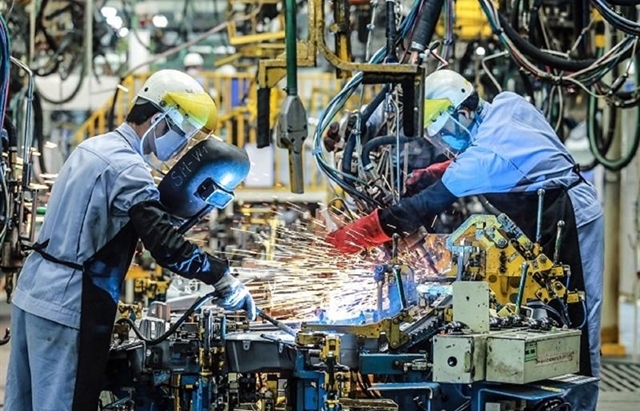
New policy proposed to prevent transfer pricing, tax evasion of FDI enterprises
10:32 | 20/02/2025 Import-Export
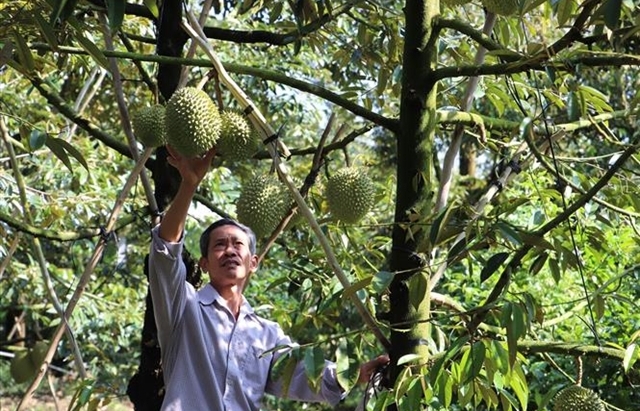
Việt Nam’s durian exports to China plummet by 80%
16:18 | 19/02/2025 Import-Export
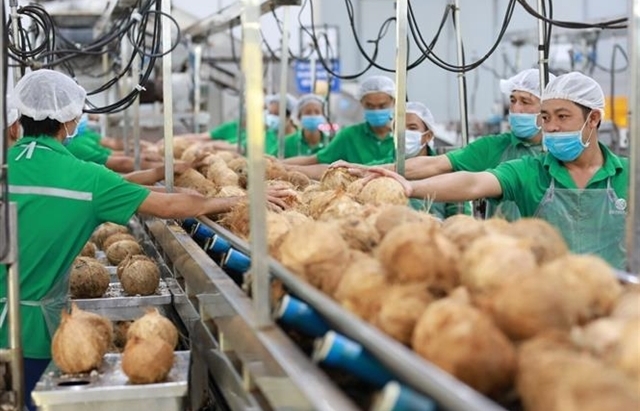
Coconut exports reach 14-year high
15:29 | 18/02/2025 Import-Export
More News

Shrimp exports grow in the first month of 2025
15:28 | 18/02/2025 Import-Export
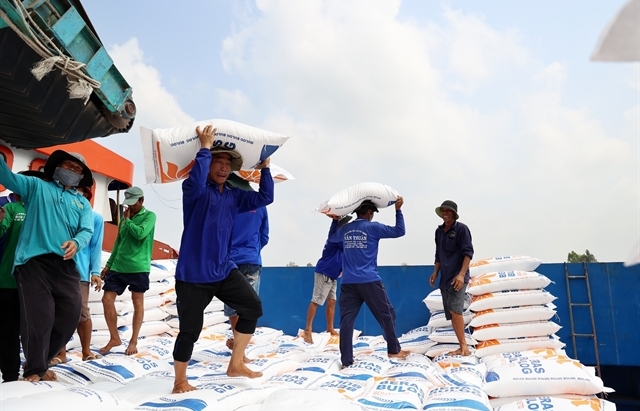
Rice export prices drop, but decline expected to be short-term
08:10 | 17/02/2025 Import-Export
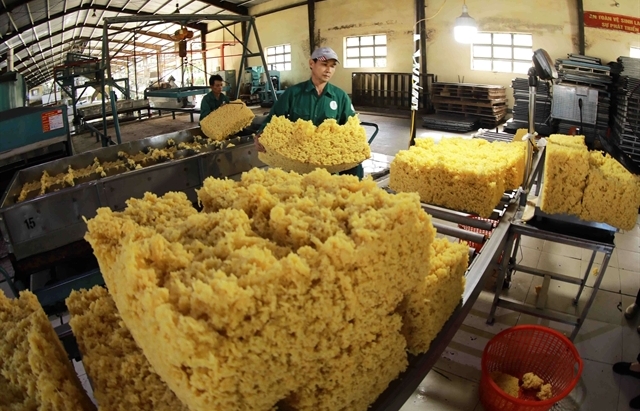
Key agro products expected to maintain export growth this year
08:08 | 17/02/2025 Import-Export
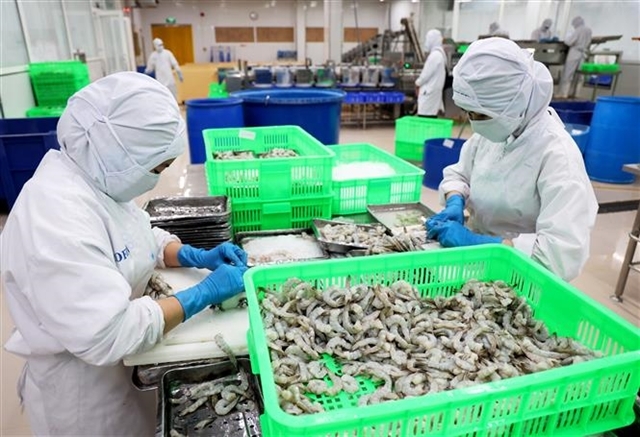
EU issues 12 warnings against Việt Nam’s food and agricultural exports
08:07 | 17/02/2025 Import-Export
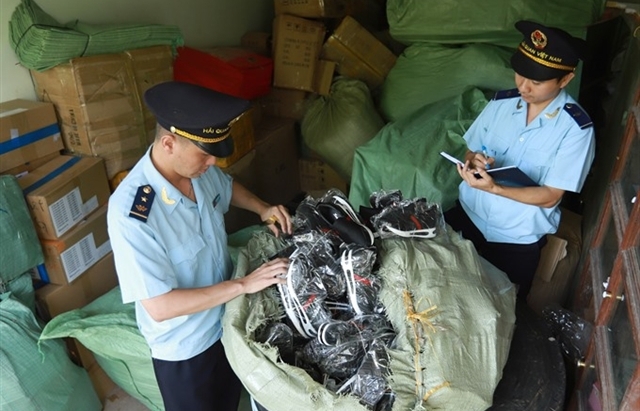
Việt Nam to impose VAT on low-value express-imported goods
08:06 | 17/02/2025 Import-Export

Exchange rate risks need attention in near future
16:31 | 15/02/2025 Import-Export
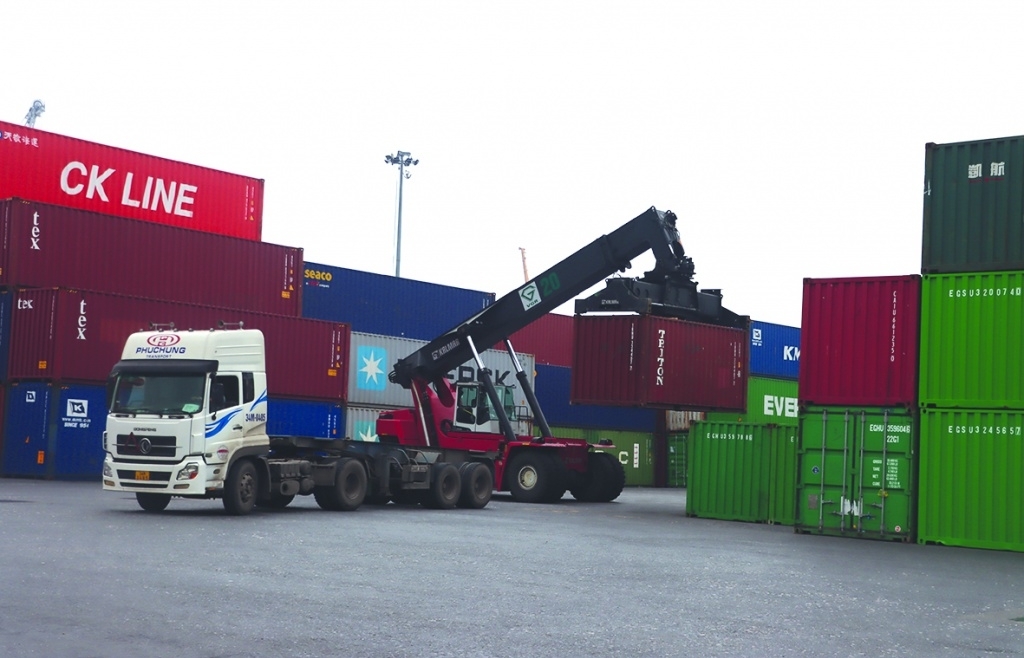
Vietnam kicked off the year with a strong start in trade, exceeding US$63 billion in the first month
16:30 | 15/02/2025 Import-Export
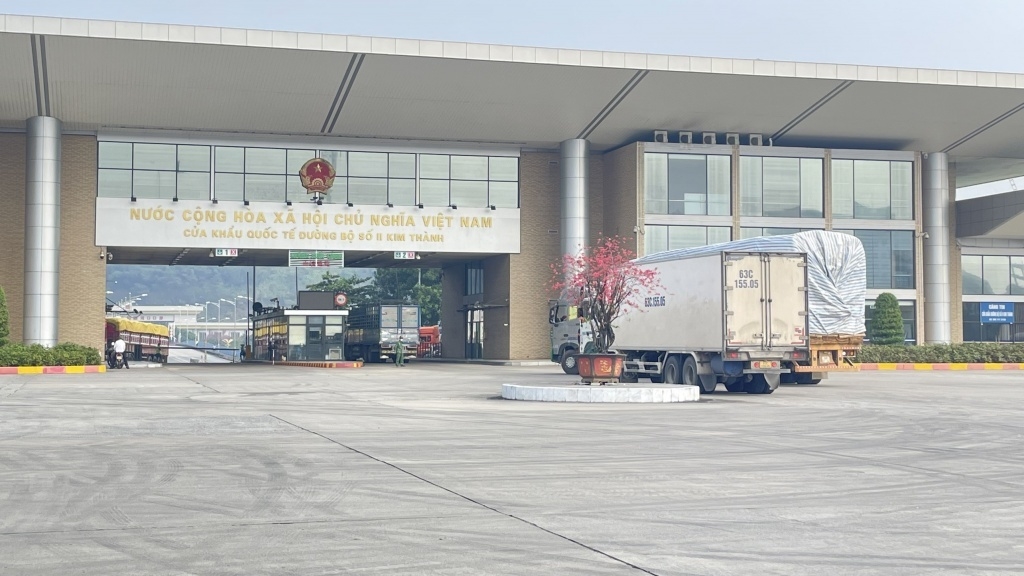
Import and export turnover reaches about US$29 billion in the second half of January 2025
14:52 | 14/02/2025 Import-Export

Market edges up slightly as liquidity remains low
14:48 | 14/02/2025 Import-Export
Your care
The system has not recorded your reading habits.
Please Login/Register so that the system can provide articles according to your reading needs.

Embracing green exports: a pathway to enter global supply chains
10:33 | 20/02/2025 Import-Export

New policy proposed to prevent transfer pricing, tax evasion of FDI enterprises
10:32 | 20/02/2025 Import-Export

Việt Nam’s durian exports to China plummet by 80%
16:18 | 19/02/2025 Import-Export

Coconut exports reach 14-year high
15:29 | 18/02/2025 Import-Export
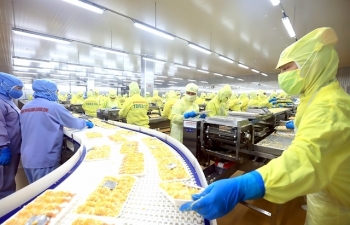
Shrimp exports grow in the first month of 2025
15:28 | 18/02/2025 Import-Export
